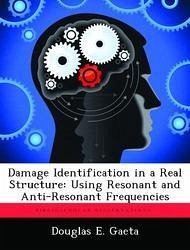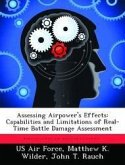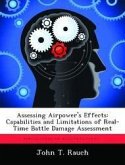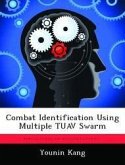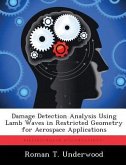There exists a need to remotely monitor the structural integrity of large space structures without costly manned missions. This work focused on further damage detection characterization of the Air Force Institute of Technology's Flexible Truss Experiment (FTE). The FTE is intended to be representative of a large space structure. Several damage detection algorithms were developed and tested for the FTE using 112 deferent damage conditions and the one undamaged condition. The algorithms were trained using two frequency response functions (FRFs) from each damage case and then tested using the same two FRFs, but from newly acquired data. A data reduction technique from the field of speech recognition was adapted for this damage detection application. The data was reduced by greater than an order of magnitude, via a discrete, point-by-point, integration process in both training and testing. As shifts in both the resonant and anti-resonant frequencies were caused by the damage, another damage detection algorithm was developed that extracted the resonant and anti-resonant frequencies from the two FRFs. This algorithm vectorized the frequencies of the peaks and valleys in the FRFs for comparison.
Hinweis: Dieser Artikel kann nur an eine deutsche Lieferadresse ausgeliefert werden.
Hinweis: Dieser Artikel kann nur an eine deutsche Lieferadresse ausgeliefert werden.

